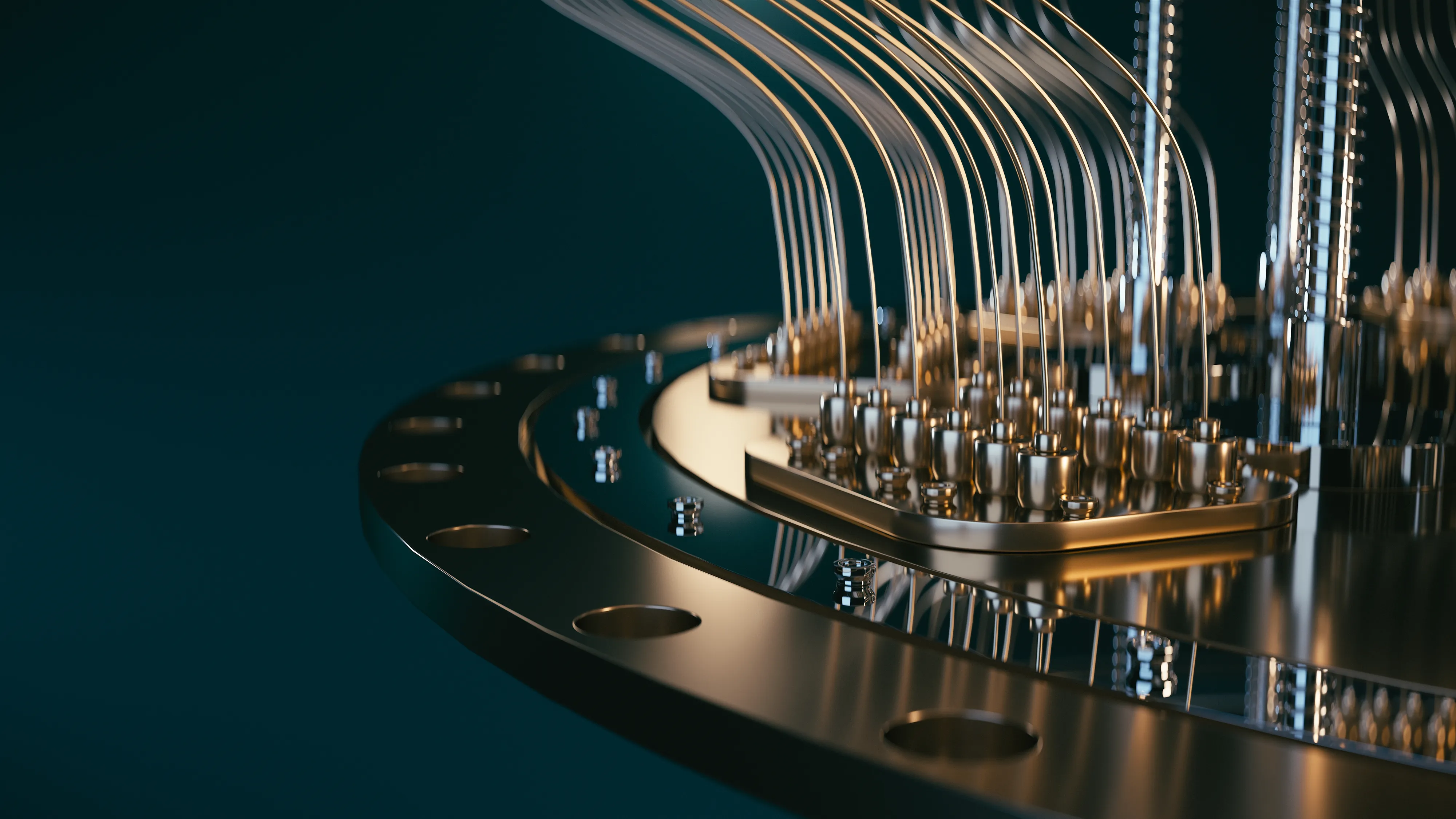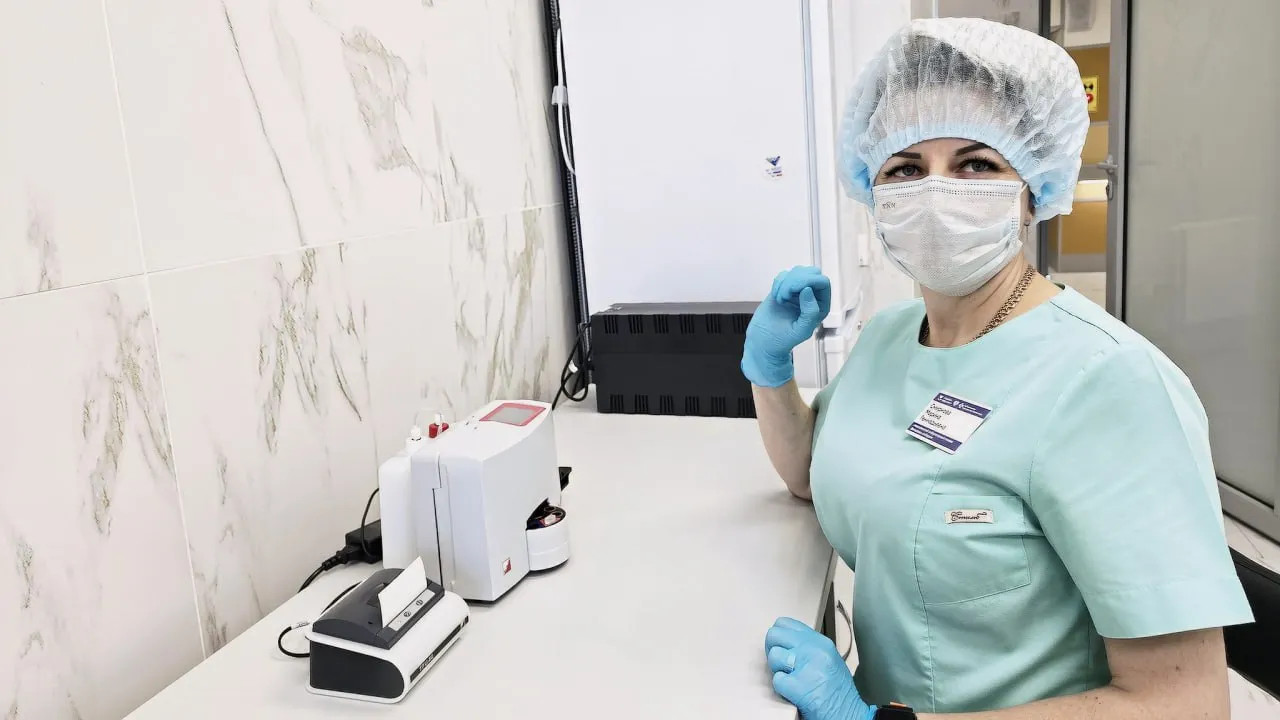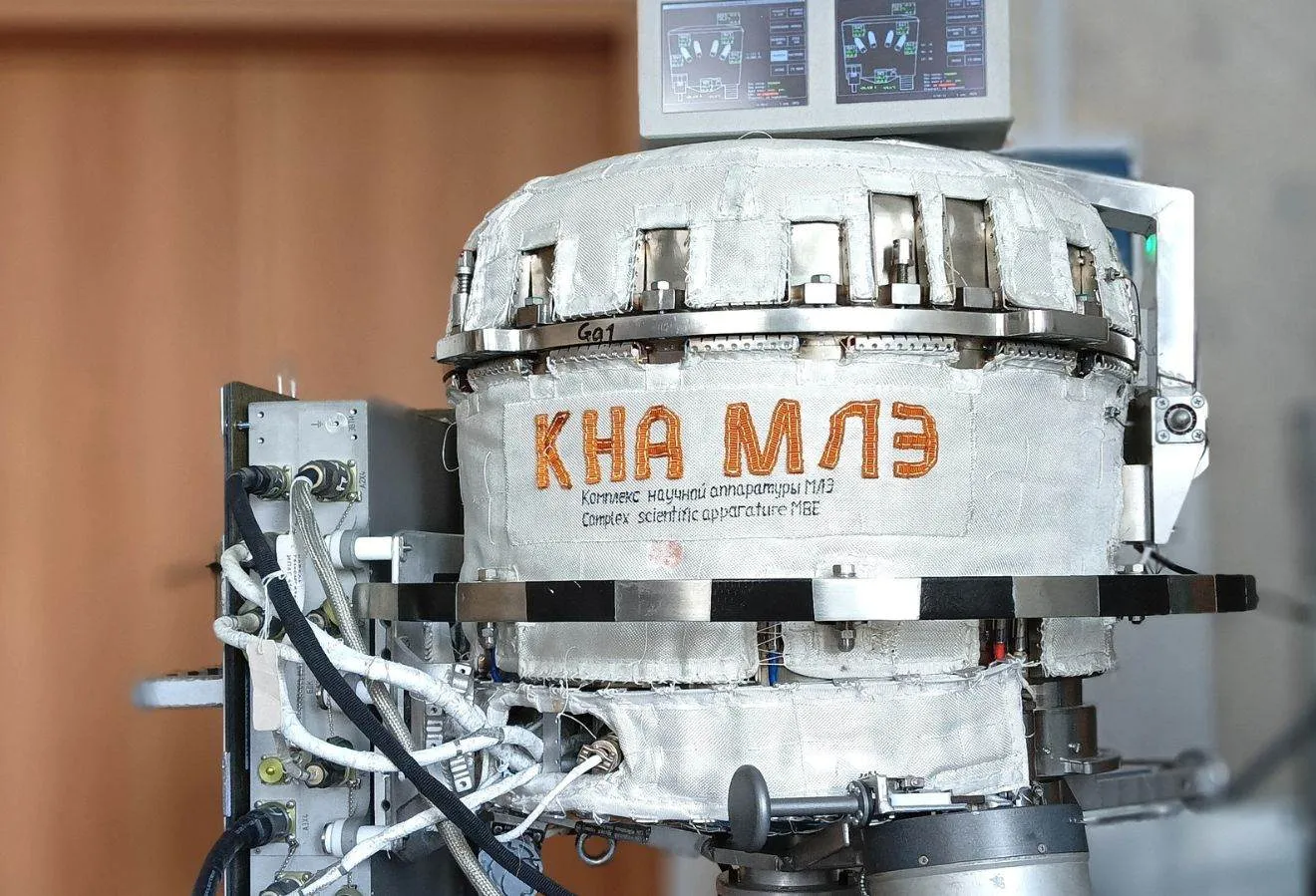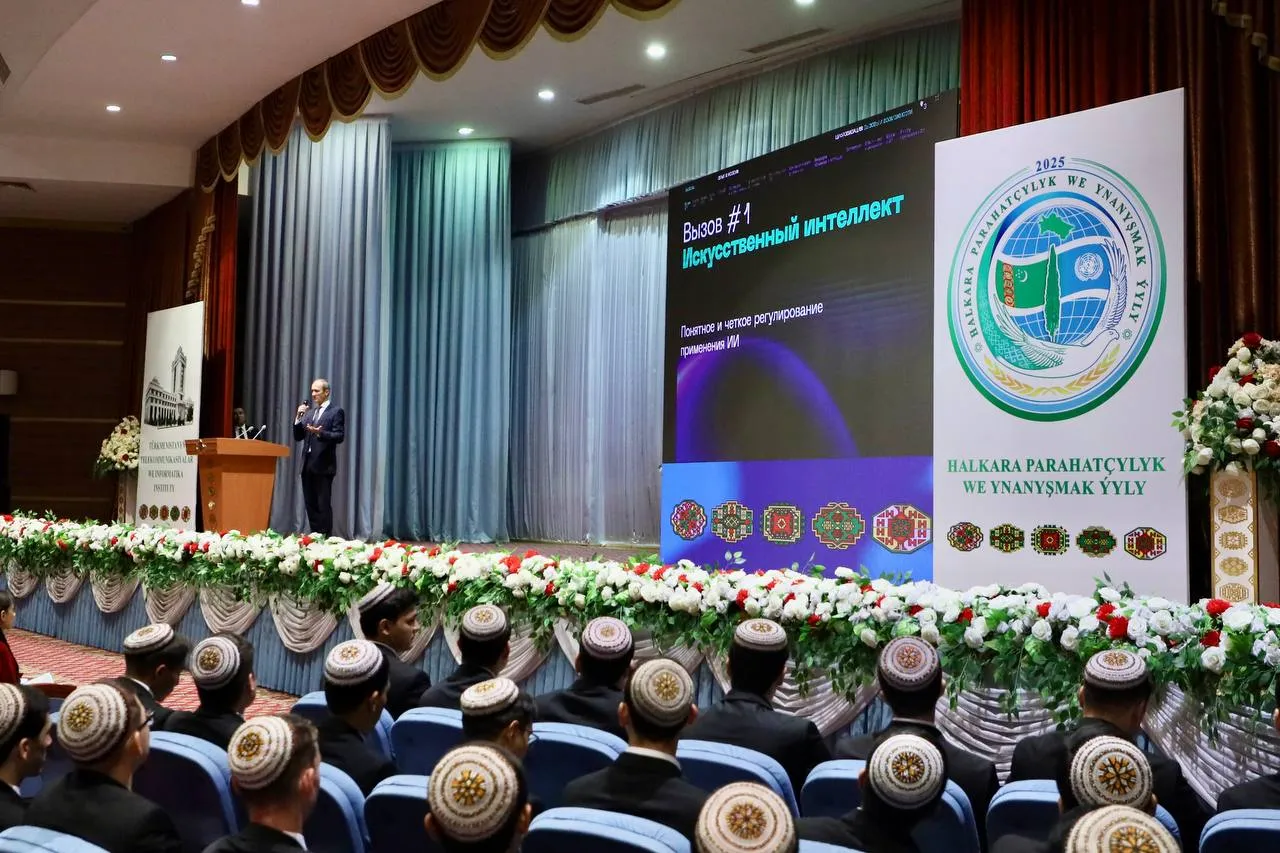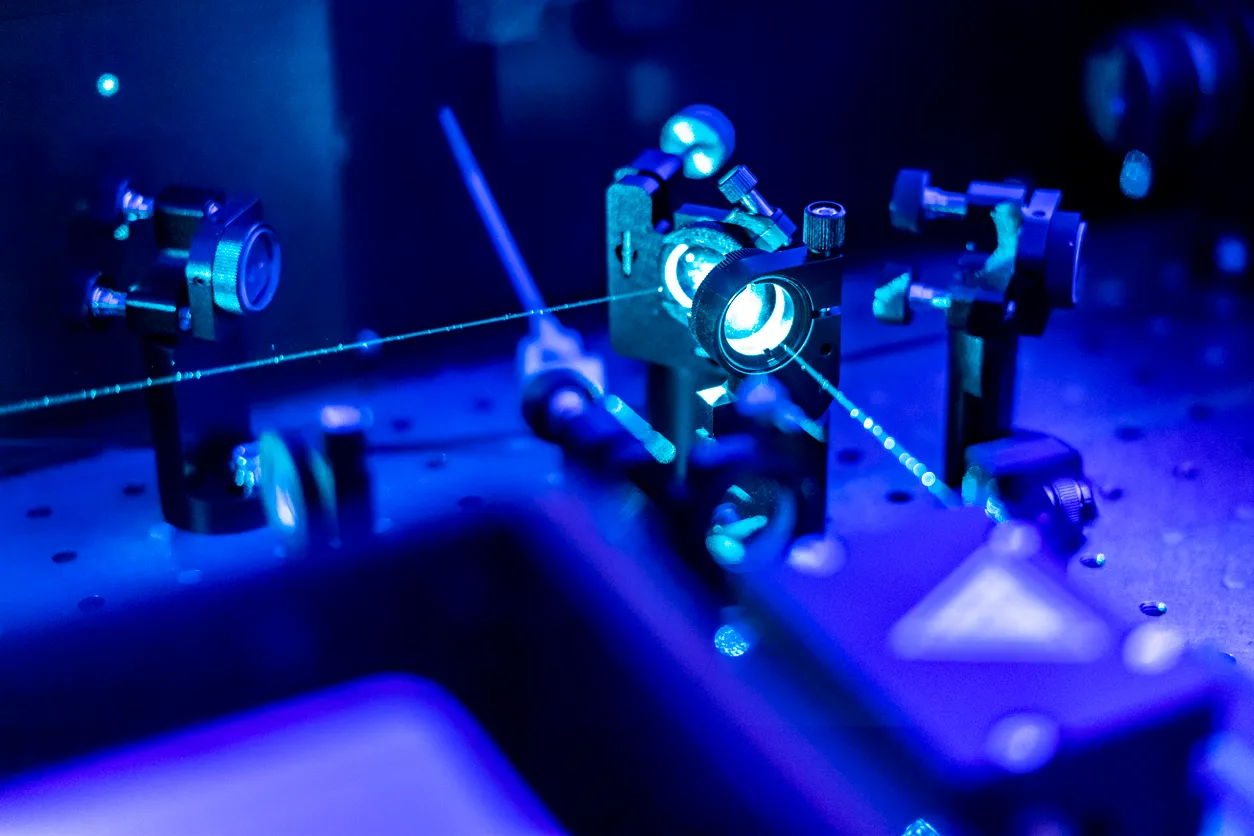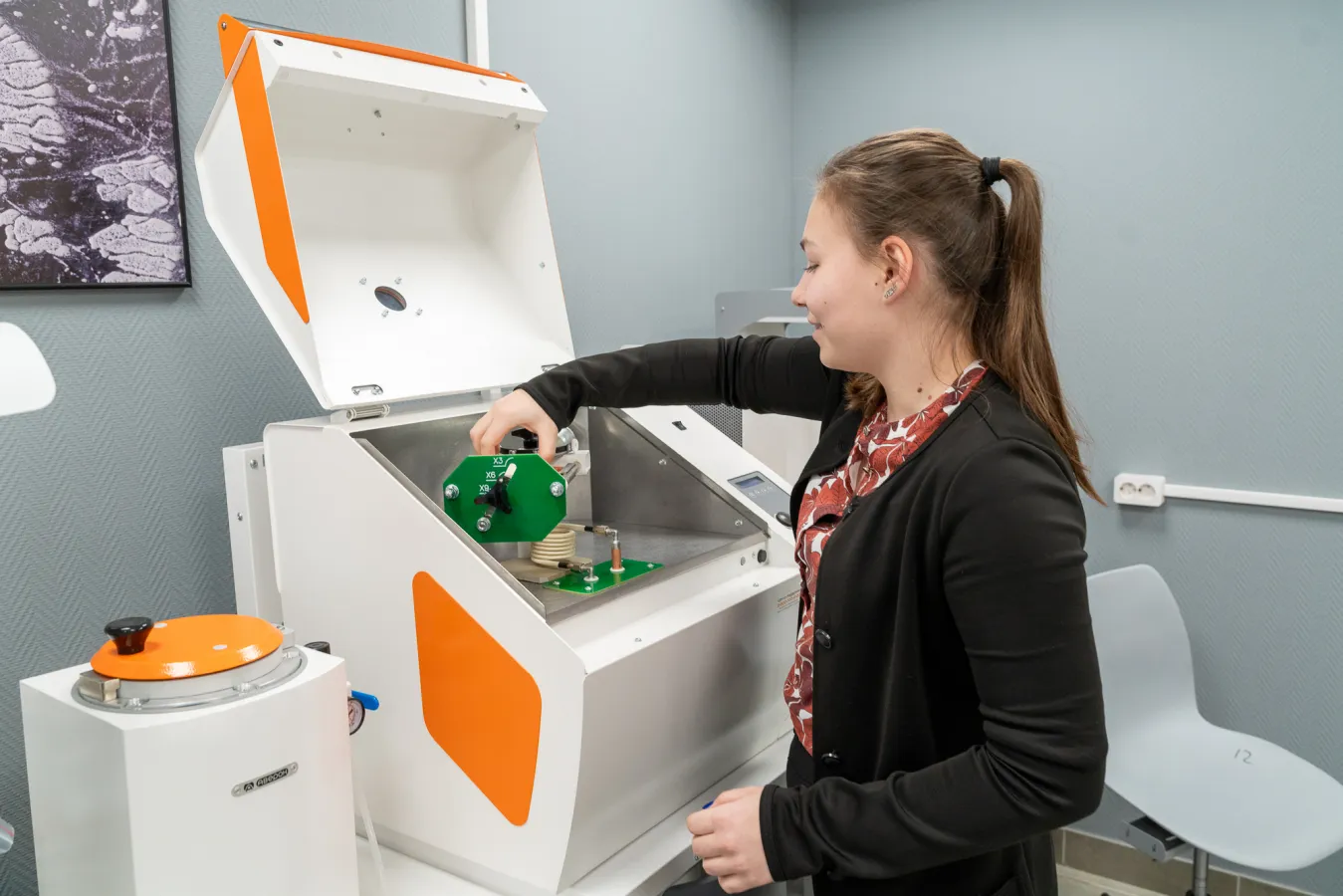Russian Scientists Develop Biodegradable Implants That Could Save Thousands of Lives
A new 3D-printing and modeling technology for dissolvable vascular stents could revolutionize how heart disease is treated — especially in children with congenital conditions.
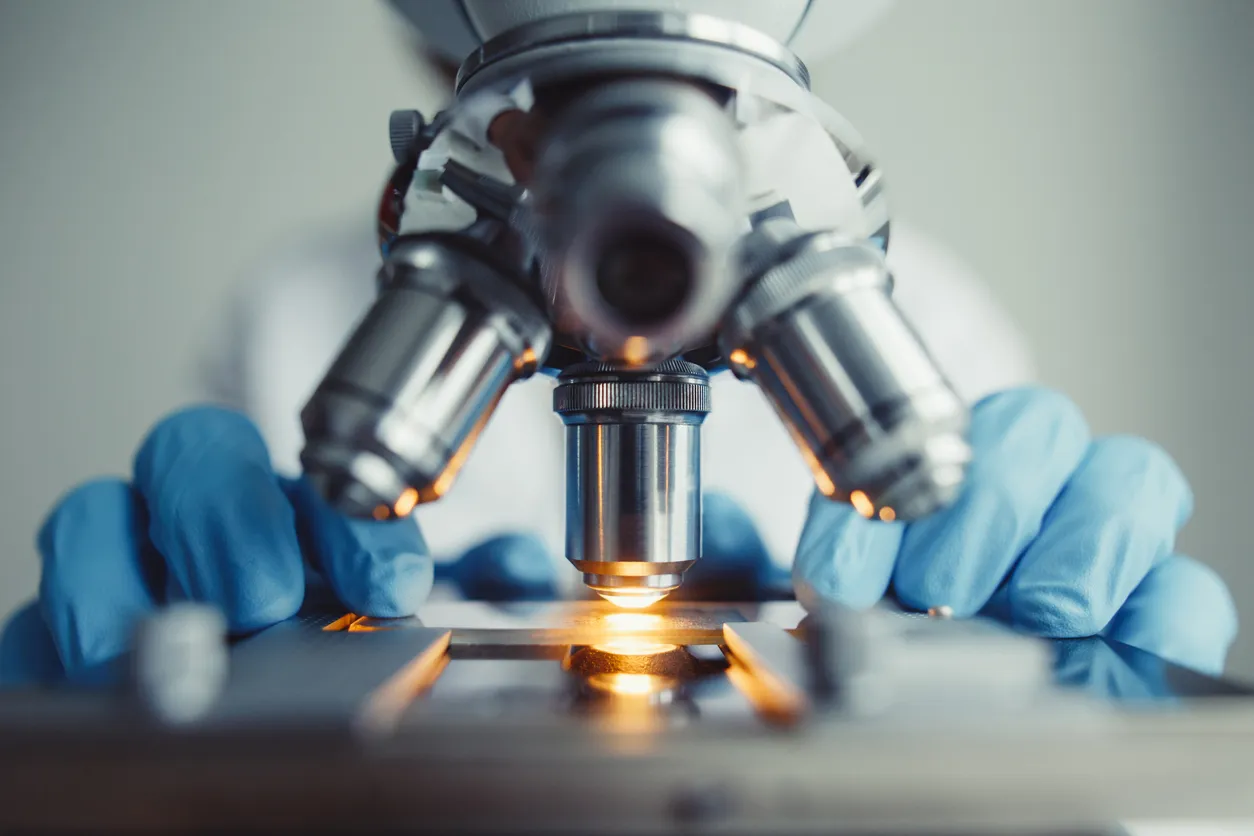
A team of researchers from Perm Polytechnic University, in collaboration with Kazan Federal University, Sirius University, and Loughborough University in the UK, has developed an advanced system for designing, 3D-printing, and digitally simulating biodegradable vascular stents. The innovation addresses one of the biggest challenges in modern cardiovascular treatment — how to restore blood flow without leaving behind permanent metal implants.
Cardiovascular diseases remain a leading cause of death worldwide, and ischemic stroke — often caused by a blood clot or arterial blockage — is one of the most fatal. To restore circulation, doctors use stenting, a procedure that places a small tube inside a vessel to keep it open. But traditional metal stents come with serious limitations: they can cause inflammation and often require additional surgery for removal.
Designing, Printing, and Simulating
The new approach combines experimental research, additive manufacturing, and computational modeling.
For children with congenital heart defects, whose vessels continue to grow, biodegradable stents offer an ideal solution: they restore normal blood flow and then harmlessly dissolve, eliminating the need for risky repeat surgeries and paving the way for a new era in patient-specific cardiovascular medicine.




